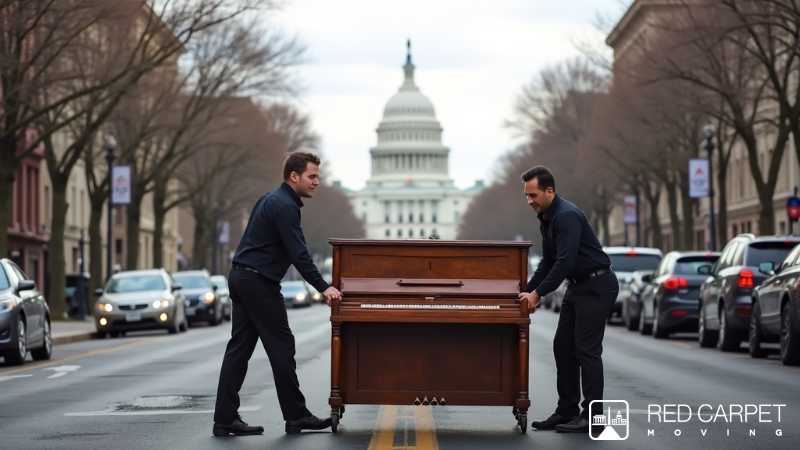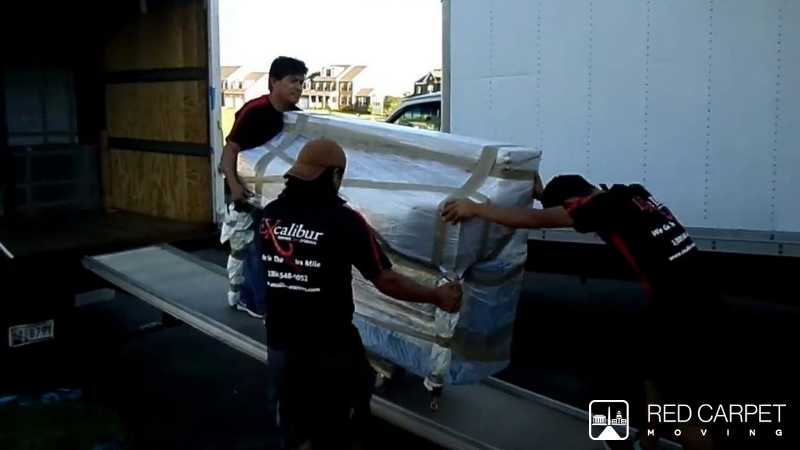Piano is a musical instrument that creates lovely tunes, thanks to its well-crafted structure. This structure, however, proves to be a hassle when it comes to moving the instrument from one spot to another.Moving a piano is not impossible, but it demands understanding the instrument’s structure and characteristics.
Understanding construction, challenges
Explore the intricacies of piano construction to understand the challenges in moving this musical masterpiece. The cast iron plate, or harp — which shoulders the piano’s weight and string tension — is the heaviest part of the piano.
The type of piano influences the weight of the harp. Larger instruments like uprights and grands have a substantial and weighty harp due to their size. However, spinets or vertical pianos, being significantly smaller, feature a less substantial harp. This observation highlights that moving larger pianos presents greater challenges than their smaller counterparts.
Storage considerations add another layer of complexity. If your new home is unprepared, finding a temporary space for your piano is essential. General movers might suggest standard storage units, but a seasoned piano mover can advise on conditions to preserve your instrument until future placement is decided.
Furthermore, pianos are sensitive to temperature changes, needing a steady room temperature for proper operation. Extreme or fluctuating temperatures can make the piano unplayable or cause expensive damage.
Consider the season when moving by avoiding summers due to high heat and humidity. It may suffer damage if your piano sits in a moving truck for a long time in humid conditions. Opt for moving companies with temperature-controlled trucks, even though it might cost more, as it is worth it to protect your piano.
Ensuring safety is crucial when maneuvering a grand piano through tight spaces, posing risks to both the instrument and the individuals handling it. The moving process becomes more challenging when it involves navigating narrow doorways, corners, and stairs.
Stairs pose a challenge during a piano move; most movers charge extra for navigating them. This is because stairs are tricky with narrow spaces, tight corners, and fixed objects like hand railings. Experienced piano movers know how to handle these obstacles, but it is always good to inform them beforehand about stairs and tight corners.
Navigating stairs is unquestionably the most challenging part of moving a piano. A special crane might be necessary to move the hefty instrument up or down stairs.
Should you hire professional movers?
The sentimental and monetary value of a grand piano underscores the importance of careful handling. Amateur movers might underestimate the significance, potentially jeopardizing the delicate instrument.
The key to a successful move begins with careful planning and having access to the right resources. Hiring experienced professionals can prevent problems. While general movers are skilled in handling everyday items like boxes and furniture, they may need help with unusual items, such as a piano.
If you are determined to handle the move on your own, it is still possible with a smaller piano, although it is crucial to understand that it is not a task for one person. You will require a team of helpers.
Consider using a mobile storage unit for added assistance. Additionally, four essential items are needed for a successful move: a hand truck or moving dolly with four large wheels, security straps for furniture, thick and protective blankets, and a moving truck or vehicle with a ramp for loading and unloading.
Still, experienced piano movers are well-versed in the most effective techniques. Moving a piano involves more than just taking it out of your home and loading it onto a truck. It requires a balance of solid force and delicate handling.


